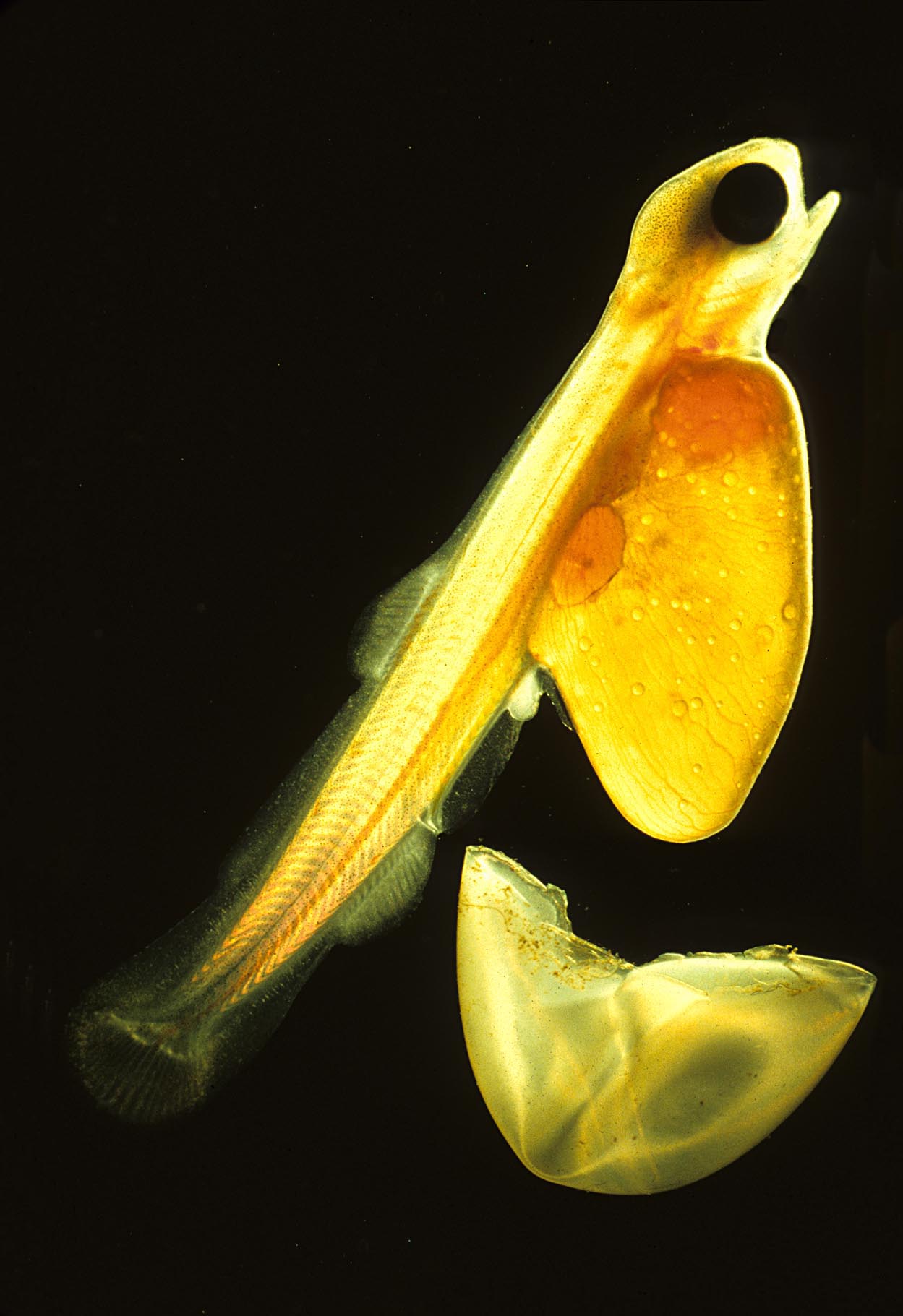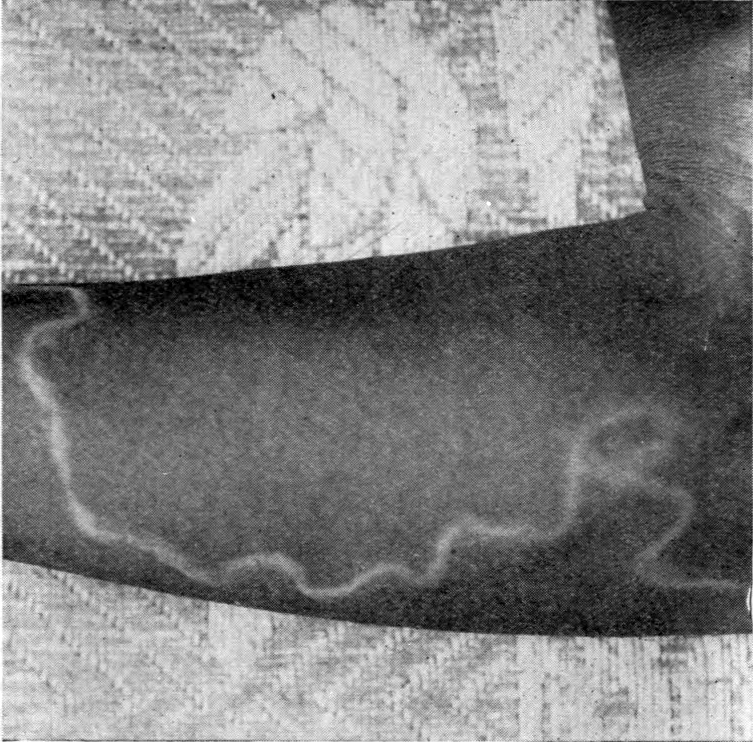|
Eggshell
An eggshell is the outer covering of a hard-shelled egg (biology), egg and of some forms of eggs with soft outer coats. Worm eggs Nematode eggs present a two layered structure: an external vitellin layer made of chitin that confers mechanical resistance and an internal lipid-rich layer that makes the egg chamber impermeable. Insect eggs Insects and other arthropods lay a large variety of styles and shapes of eggs. Some of them have gelatinous or skin-like coverings, others have hard eggshells. Softer shells are mostly protein. It may be fibrous or quite liquid. Some arthropod eggs do not actually have shells, rather, their outer covering is actually the outermost embryonic membrane, the choroid, which protects inner layers. This can be a complex structure, and it may have different layers, including an outermost layer called an exochorion. Eggs which must survive in dry conditions usually have hard eggshells, made mostly of dehydrated or mineralized proteins with pore sys ... [...More Info...] [...Related Items...] OR: [Wikipedia] [Google] [Baidu] |
Eggshell And Protein Membrane Separation
Eggshell membrane separation is a recycling process to separate the protein-rich eggshell membrane from the eggshell. Nearly 30% of the Egg as food, eggs consumed each year are broken and processed or powdered into foods such as cakes, mixes, mayonnaise, noodles and fast foods. The US food industry generates 150,000 tons of shell waste a year.Hecht JEggshells break into collagen market New Scientist 1999, 161:6-6. The disposal methods for waste eggshells are 26.6% as fertilizer, 21.1% as animal feed ingredients, 26.3% discarded in municipal dumps, and 15.8% used in other ways. Many landfills are unwilling to take the waste because the shells and the attached membrane attract vermin. When unseparated, the calcium carbonate eggshell and protein-rich membrane have little or no value or use; however, the invention of an eggshell and membrane separator has allowed for the recycling of these two products. Chemical background Chicken eggshells are made up of 95% calcium carbonate by wei ... [...More Info...] [...Related Items...] OR: [Wikipedia] [Google] [Baidu] |
Egg (biology)
An egg is an organic vessel grown by an animal to carry a possibly fertilization, fertilized egg cell (a zygote) and to egg incubation, incubate from it an embryo within the egg until the embryo has become an animal fetus that can survive on its own, at which point the animal hatches. Most arthropods, vertebrates (excluding live-bearing mammals), and Mollusca, mollusks lay eggs, although some, such as scorpions, do not. Reptile eggs, bird eggs, and monotreme eggs are laid out of water and are surrounded by a protective eggshell, shell, either flexible or inflexible. Eggs laid on land or in nests are usually kept within a warm and favorable temperature range while the embryo grows. When the embryo is adequately developed it hatches, i.e., breaks out of the egg's shell. Some embryos have a temporary egg tooth they use to crack, pip, or break the eggshell or covering. The largest recorded egg is from a whale shark and was in size. Whale shark eggs typically hatch within the m ... [...More Info...] [...Related Items...] OR: [Wikipedia] [Google] [Baidu] |
Egg With Light
An egg is an organic vessel grown by an animal to carry a possibly fertilized egg cell (a zygote) and to incubate from it an embryo within the egg until the embryo has become an animal fetus that can survive on its own, at which point the animal hatches. Most arthropods, vertebrates (excluding live-bearing mammals), and mollusks lay eggs, although some, such as scorpions, do not. Reptile eggs, bird eggs, and monotreme eggs are laid out of water and are surrounded by a protective shell, either flexible or inflexible. Eggs laid on land or in nests are usually kept within a warm and favorable temperature range while the embryo grows. When the embryo is adequately developed it hatches, i.e., breaks out of the egg's shell. Some embryos have a temporary egg tooth they use to crack, pip, or break the eggshell or covering. The largest recorded egg is from a whale shark and was in size. Whale shark eggs typically hatch within the mother. At and up to , the ostrich egg is th ... [...More Info...] [...Related Items...] OR: [Wikipedia] [Google] [Baidu] |
Shell Membrane
Eggshell membrane or shell membrane is the clear film lining eggshells, visible when one peels a boiled bird egg. Chicken eggshell membranes are used as a dietary supplement. Eggshell membrane is derived commercially from the eggshells of industrial processors. In the United States, egg-breaking facilities generate more than 24 billion broken eggshells every year. There are various Eggshell and protein membrane separation, ways in which the membrane is separated from the shell, including chemical, mechanical, steam, and vacuum processes. Attachment of the soft organic fibrous membrane to the hard calcite shell is essential for proper chick embryonic development and growth (via ensuring association of the chorioallantoic membrane, and in allowing for air-sac formation at the blunt end of the egg). This attachment between dissimilar materials is facilitated by a structural interdigitation of fibers into each mammillae at the microscale, and reciprocally, at the nanoscale, mineral spik ... [...More Info...] [...Related Items...] OR: [Wikipedia] [Google] [Baidu] |
Reptile
Reptiles, as commonly defined, are a group of tetrapods with an ectothermic metabolism and Amniotic egg, amniotic development. Living traditional reptiles comprise four Order (biology), orders: Testudines, Crocodilia, Squamata, and Rhynchocephalia. About 12,000 living species of reptiles are listed in the Reptile Database. The study of the traditional reptile orders, customarily in combination with the study of modern amphibians, is called herpetology. Reptiles have been subject to several conflicting Taxonomy, taxonomic definitions. In Linnaean taxonomy, reptiles are gathered together under the Class (biology), class Reptilia ( ), which corresponds to common usage. Modern Cladistics, cladistic taxonomy regards that group as Paraphyly, paraphyletic, since Genetics, genetic and Paleontology, paleontological evidence has determined that birds (class Aves), as members of Dinosauria, are more closely related to living crocodilians than to other reptiles, and are thus nested among re ... [...More Info...] [...Related Items...] OR: [Wikipedia] [Google] [Baidu] |
Nematode
The nematodes ( or ; ; ), roundworms or eelworms constitute the phylum Nematoda. Species in the phylum inhabit a broad range of environments. Most species are free-living, feeding on microorganisms, but many are parasitic. Parasitic worms (helminths) are the cause of soil-transmitted helminthiases. They are classified along with arthropods, tardigrades and other moulting animals in the clade Ecdysozoa. Unlike the flatworms, nematodes have a tubular digestive system, with openings at both ends. Like tardigrades, they have a reduced number of Hox genes, but their sister phylum Nematomorpha has kept the ancestral protostome Hox genotype, which shows that the reduction has occurred within the nematode phylum. Nematode species can be difficult to distinguish from one another. Consequently, estimates of the number of nematode species are uncertain. A 2013 survey of animal biodiversity suggested there are over 25,000. Estimates of the total number of extant species are su ... [...More Info...] [...Related Items...] OR: [Wikipedia] [Google] [Baidu] |
Calcium Carbonate
Calcium carbonate is a chemical compound with the chemical formula . It is a common substance found in Rock (geology), rocks as the minerals calcite and aragonite, most notably in chalk and limestone, eggshells, gastropod shells, shellfish skeletons and pearls. Materials containing much calcium carbonate or resembling it are described as calcareous. Calcium carbonate is the active ingredient in agricultural lime and is produced when calcium ions in hard water react with carbonate ions to form limescale. It has medical use as a calcium supplement or as an antacid, but excessive consumption can be hazardous and cause hypercalcemia and digestive issues. Chemistry Calcium carbonate shares the typical properties of other carbonates. Notably, it: *reacts with acids, releasing carbonic acid which quickly disintegrates into carbon dioxide and water: : *releases carbon dioxide upon heating, called a thermal decomposition reaction, or calcination (to above 840 °C in the case of ), t ... [...More Info...] [...Related Items...] OR: [Wikipedia] [Google] [Baidu] |
Oviduct
The oviduct in vertebrates is the passageway from an ovary. In human females, this is more usually known as the fallopian tube. The eggs travel along the oviduct. These eggs will either be fertilized by spermatozoa to become a zygote, or will degenerate in the body. Normally, these are paired structures, but in birds and some cartilaginous fishes, one or the other side fails to develop (together with the corresponding ovary), and only one functional oviduct can be found. Except in teleosts, the oviduct is not directly in contact with the ovary. Instead, the most anterior portion ends in a funnel-shaped structure called the infundibulum, which collects eggs as they are released by the ovary into the body cavity. The only female vertebrates to lack oviducts are the jawless fishes. In these species, the single fused ovary releases eggs directly into the body cavity. The fish eventually extrudes the eggs through a small genital pore towards the rear of the body. Fish and amphibia ... [...More Info...] [...Related Items...] OR: [Wikipedia] [Google] [Baidu] |
Calcium Ion
Calcium is a chemical element; it has symbol Ca and atomic number 20. As an alkaline earth metal, calcium is a reactive metal that forms a dark oxide-nitride layer when exposed to air. Its physical and chemical properties are most similar to its heavier homologues strontium and barium. It is the fifth most abundant element in Earth's crust, and the third most abundant metal, after iron and aluminium. The most common calcium compound on Earth is calcium carbonate, found in limestone and the fossils of early sea life; gypsum, anhydrite, fluorite, and apatite are also sources of calcium. The name comes from Latin ''calx'' " lime", which was obtained from heating limestone. Some calcium compounds were known to the ancients, though their chemistry was unknown until the seventeenth century. Pure calcium was isolated in 1808 via electrolysis of its oxide by Humphry Davy, who named the element. Calcium compounds are widely used in many industries: in foods and pharmaceuticals for calci ... [...More Info...] [...Related Items...] OR: [Wikipedia] [Google] [Baidu] |
Strange Brown Egg
Strange may refer to: Fiction * Strange (comic book), a comic book limited series by Marvel Comics * Strange (Marvel Comics), one of a pair of Marvel Comics characters known as The Strangers * Adam Strange, a DC Comics superhero * The title character of the television series '' The Journey of Allen Strange'' * Doc Strange, a Thrilling Comics character * Doctor Strange, a Marvel Comics character ** Stephen Strange (Marvel Cinematic Universe), a film character based on the comic book character * Hugo Strange, a DC Comics character * Jonathan Strange, a magician in the novel '' Jonathan Strange & Mr Norrell'' by Susanna Clarke and the miniseries adaptation Music * ''Strange'' (video), a compilation of music videos by Depeche Mode * Strange Music, a record label founded by Travis O'Guin and rapper Tech N9ne Songs * "Strange" (Agust D song), 2020 * "Strange" (Celeste song), 2019 * "Strange" (En Vogue song), 1991 * "Strange" (Miranda Lambert song), 2022 * "Strange" (Reba Mc ... [...More Info...] [...Related Items...] OR: [Wikipedia] [Google] [Baidu] |







